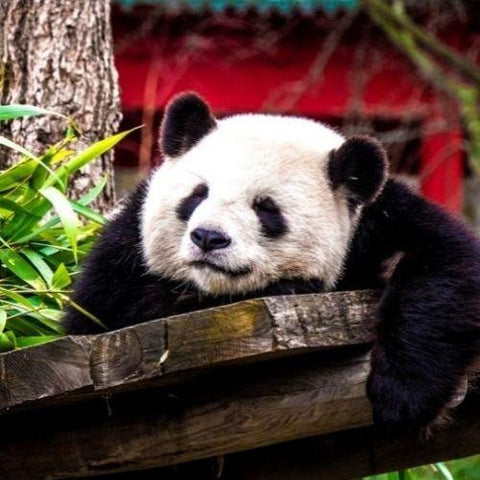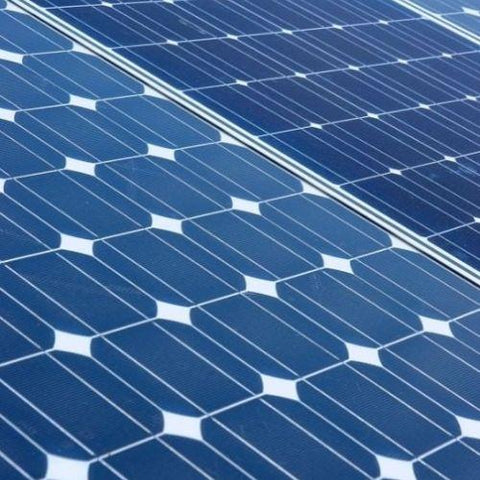Every year, the Goldman Environmental Prize is awarded to six of the world’s most impactful environmental activists, which is why it’s nicknamed the “Green Nobel Prize”. These grassroots activists are working tirelessly to make their communities safe and sustainable.
“These phenomenal environmental champions remind us what can be accomplished when we fight back and refuse to accept powerlessness and environmental degradation. They have not been silenced — despite great risks and personal hardship — and we must also not be silent, either. It takes all of us” said Vice President of the Goldman Environmental Foundation, Susie Gelman. Take a look at their inspiring stories below!


Island Nations — Kimiko Hirata (Japan)
Following the tragic Fukushima Daiichi nuclear disaster of 2011, Japan sought to rely on polluting coal as a primary energy source. 50-year-old Kimiko Hirata, founder and director of Kiko Network, has dedicated her life to climate action!
Her anti-coal campaign has led to the cancellation of 13 coal-fired power plants in Japan, which, over their lifetime, would have released 1.6 billion tons of CO2. The cancellation of these projects is the equivalent of taking 7.5 million passenger cars off the road every year for 40 years!
“Many people think that climate action is just something you do at home, by saving electricity and using less plastics. That’s not all — we need to do something bigger — each of us needs to take action to change the economic system, to do more for the collective,” Hirata said.


Africa — Gloria Majiga-Kamoto (Malawi)
Malawi is choking on plastic pollution. The landlocked country, located in southeast Africa, produces 75,000 tonnes of plastic each year — 80 per cent, of which, is single-use. In 2015, the Malawi government imposed a national ban on the production, distribution, and importation of thin plastics — until it was blocked by the Malawi Plastics Manufacturing Association.
In 2017, Gloria Majiga-Kamoto joined with NGOs and activists to campaign for the ban on single-use plastics in Malawi. She spent two years campaigning to protect local rivers, lakes, agriculture, animals, and public health from the devastating impact of single-use plastics. As a result, Malawi’s High Court upheld the ban on single-use plastics in July 2019! “The plastics were everywhere and everybody sees them. It was, for me, a realisation that we just take so many things for granted,” Majiga-Kamoto said.
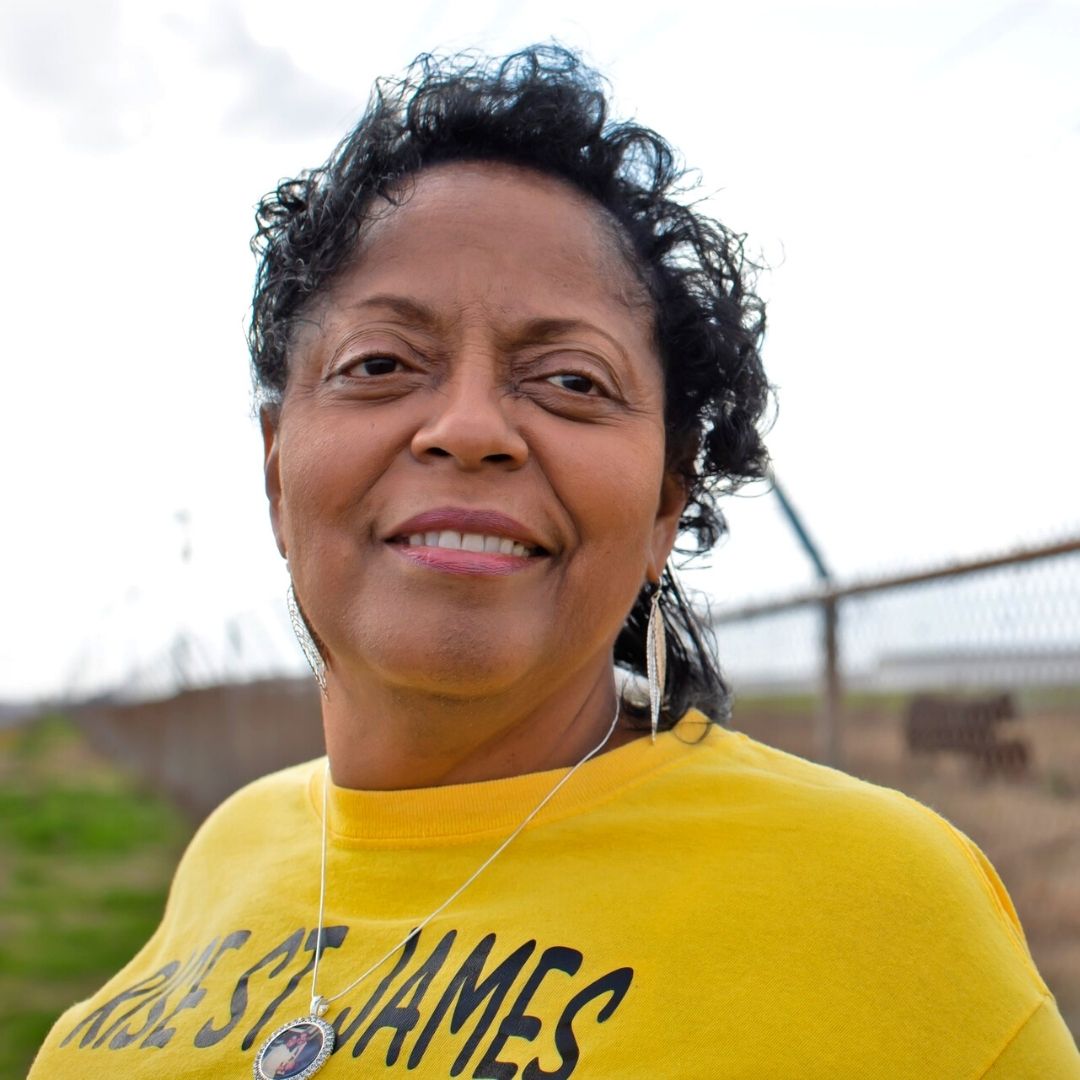

North America — Sharon Lavigne (U.S.)
Alongside the Mississippi River, near New Orleans, lies a region nicknamed “Cancer Alley”. Horrifically, the rates of cancer are 50 times higher there than the national US average. Why? Well, the region is home to 200 petrochemical plants, which routinely dump and emit harmful cancer-causing environmental toxins. In 2018, a Chinese company, Wanhua, proposed a $1.25 billion plastics manufacturing plant near the predominantly black community of St. James.
Knowing that the region was already filled with carcinogenic water and toxic air pollution, 69-year-old environmental justice advocate, Sharon Lavigne, formed RISE St. James. Her relentless campaigning forced Wanhua to withdraw its application in 2019. “When I was growing up as a little girl, we lived the American dream. We lived off the land and we had clean air, clean water, and we weren’t sick,” Lavigne said.
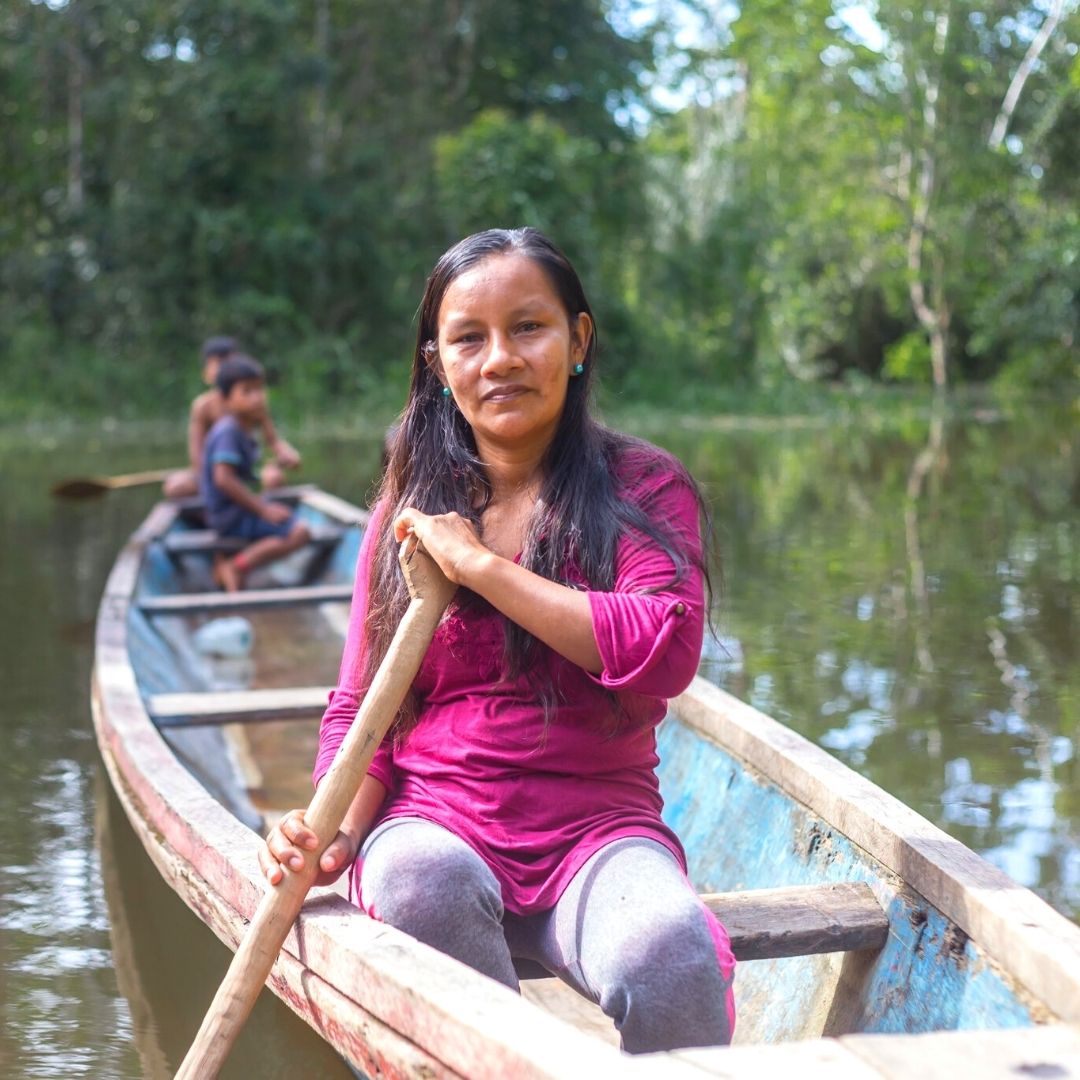

South & Central America — Liz Chicaje Churay (Peru)
In the northeast corner of Peru — in the Amazon Rainforest — there lies a precious two-million-acre area of “megadiversity”. It’s home to 3,000 species of plants, 500 species of birds, 550 species of fish, and plenty of peatlands (wetlands). For decades, this area of the Amazon Rainforest has been subjected to illegal mining and logging — threatening the 29 Indigenous communities that depend on it for survival.
38-year-old Liz Chicaje Churay, a local Indigenous leader, was instrumental in the creation of Yaguas National Park! Now, an area the size of Yellowstone National Park is protected — as well as the biodiversity, unique species and Indigenous peoples that live within it. “We are the guardians of the forest because we have cared for it since the time of our ancestors. It sustains us and gives us life,” Chicaje said.
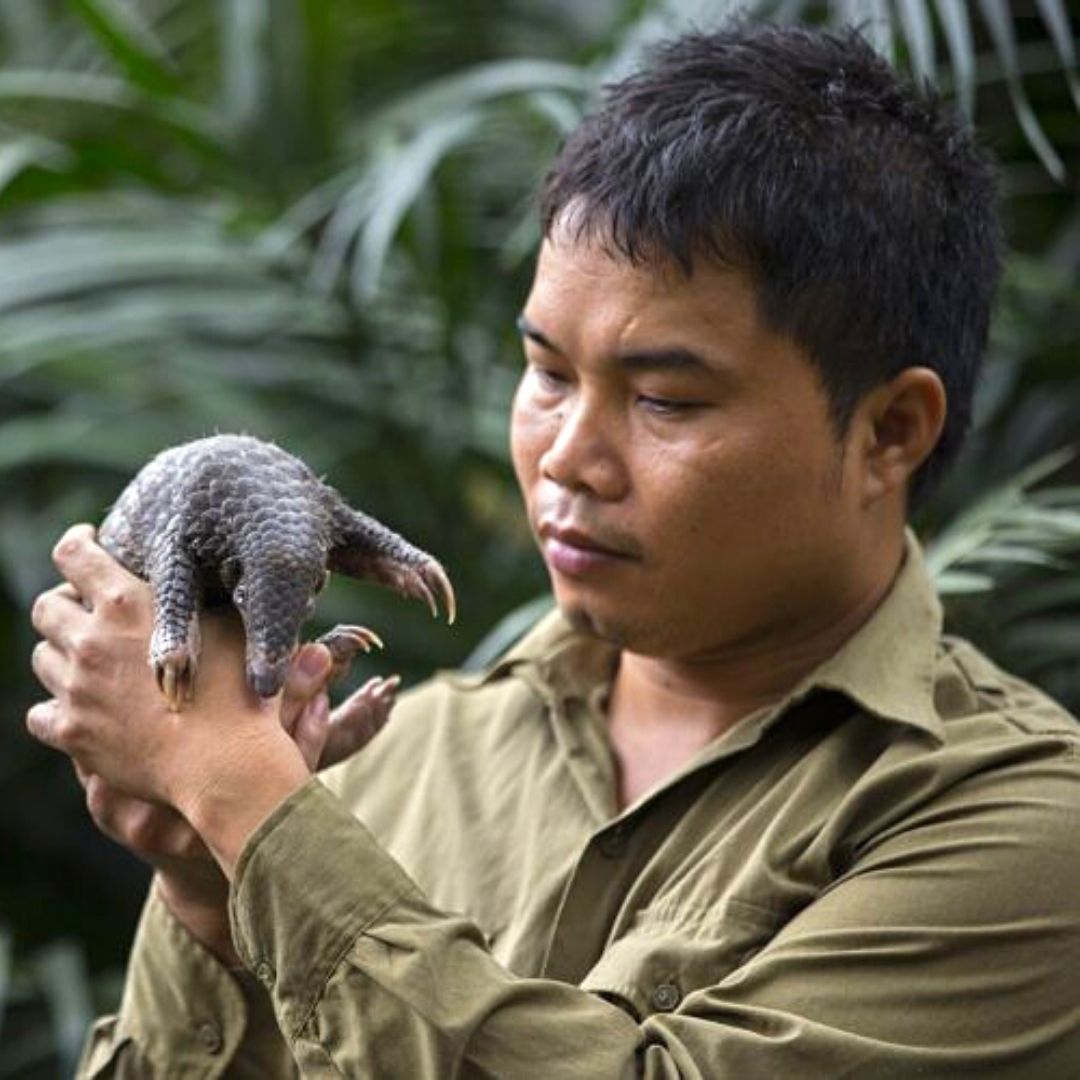

Asia — Thai Van Nguyen (Vietnam)
Pangolins are the most heavily poached and trafficked mammal in the world! Many poached pangolins come from Vietnam, which is why 39-year-old Thai Van Nguyen established Save Vietnam’s Wildlife (SVW) in 2014!
SVW rescued 1,540 pangolins from the illegal wildlife trade between 2014-2020. Nguyen also established the first anti-poaching unit in Vietnam, which has successfully destroyed 9,701 animal traps, dismantled 775 illegal camps, confiscated 78 guns, and arrested 558 people for poaching — all of which has led to a massive decline in illegal poaching activities in Pu Mat National Park! “Working with pangolins is my greatest passion. It’s a joy to dedicate myself to the restoration and protection of this wild species,” Nguyen said.
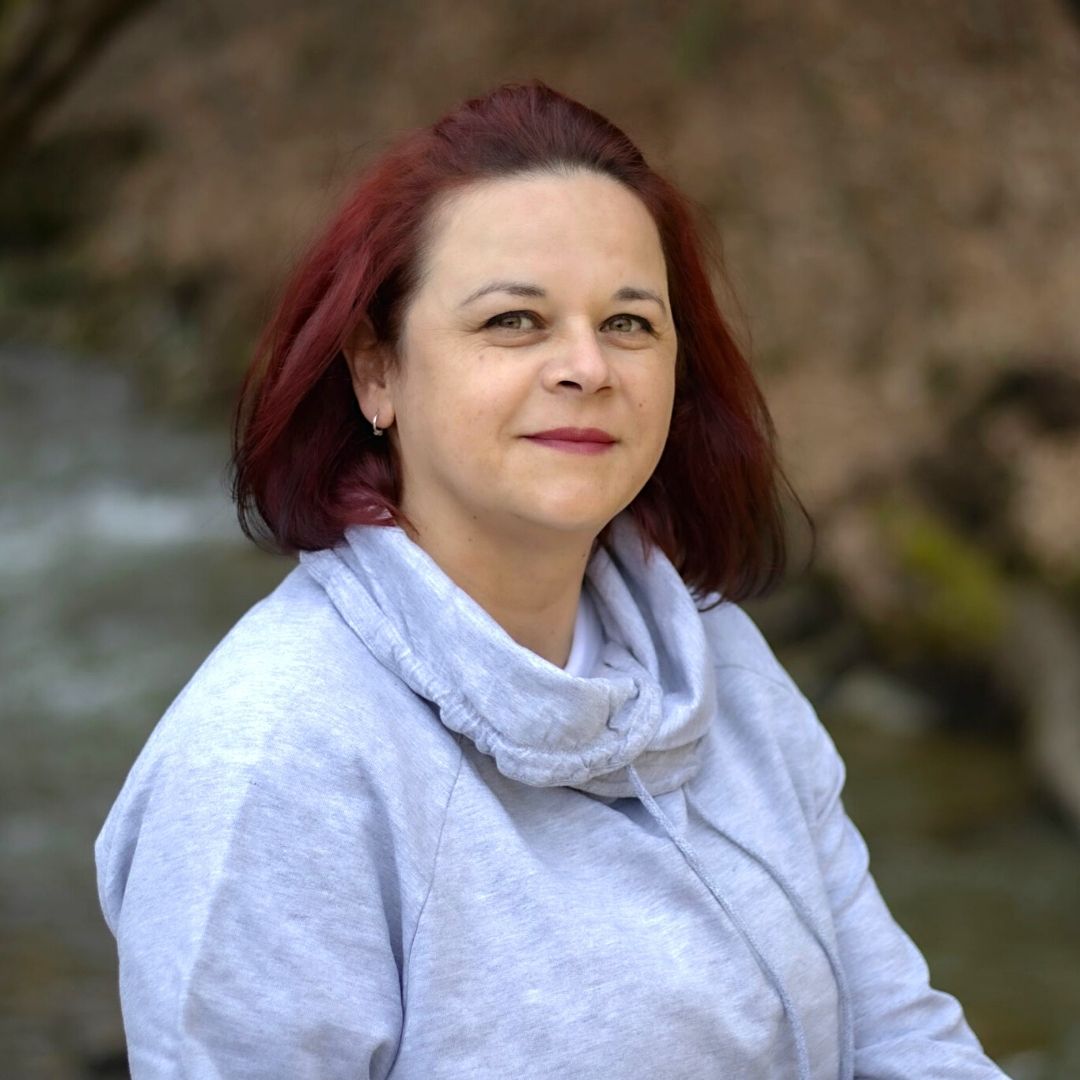

Europe — Maida Bilal (Bosnia and Herzegovina)
Bosnia and Herzegovina is filled with the most untouched wilderness in the world! Its extraordinary biodiversity is largely due to undammed, free-flowing rivers, which are home to 69 endemic fish species and 40% of all endangered freshwater mollusk species.
The Kruščica River, in the Western Balkans, is the primary water source for nearly 150,000 people — but in 2016, construction was approved for two small hydropower plants. There was zero consultation with local communities. That’s why 39-year-old Maida Bilal led a group of women from her village in an impressive 503-day blockade of heavy equipment to halt construction! Amazingly, in December 2018, the permits for the two proposed dams were cancelled due to the blockade. “I grew up near this river. It represents all to me: my dreams, childhood, and all the beautiful life I live in our village."
These stories are super inspiring, right? These phenomenal people are working tirelessly to protect their land, communities and local wildlife from major threats, and it’s amazing that they’re being recognised and awarded for their persistent efforts!
If you’d like to read more about these amazing environmental campaigns, please visit goldmanprize.org for more information.
If you love hearing about environmental activism and changemakers, we think you’ll enjoy these blogs.
Here’s How Scientists Are Transforming Food Scraps Into Building Materials

